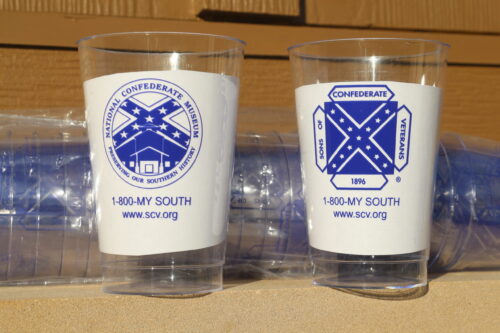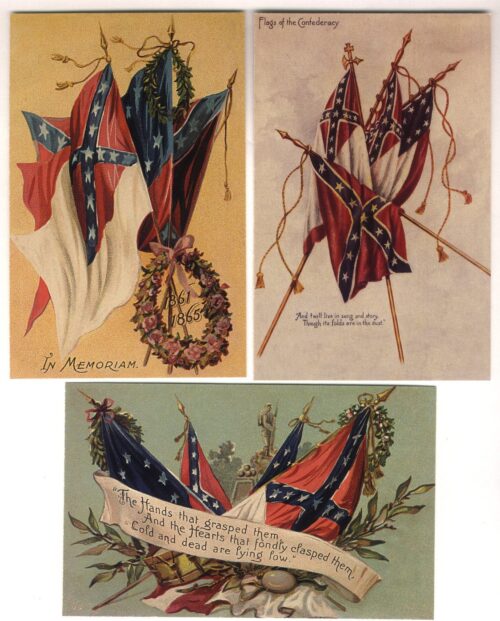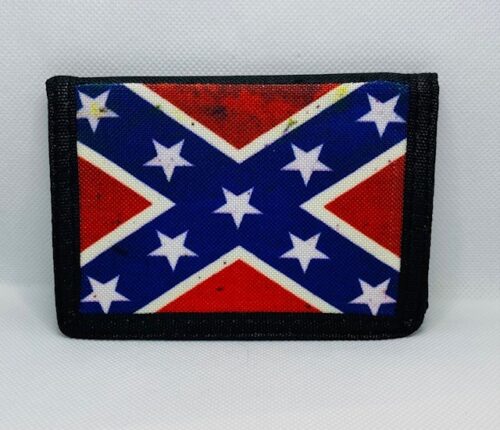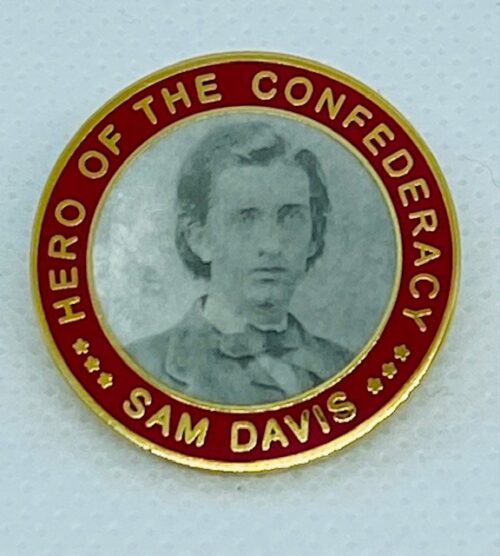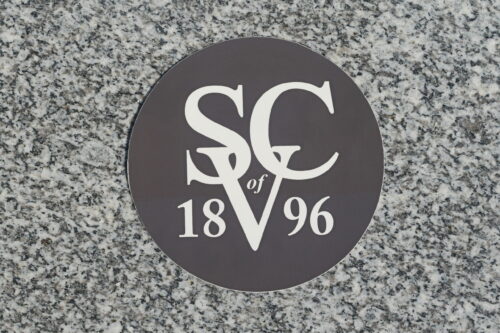-
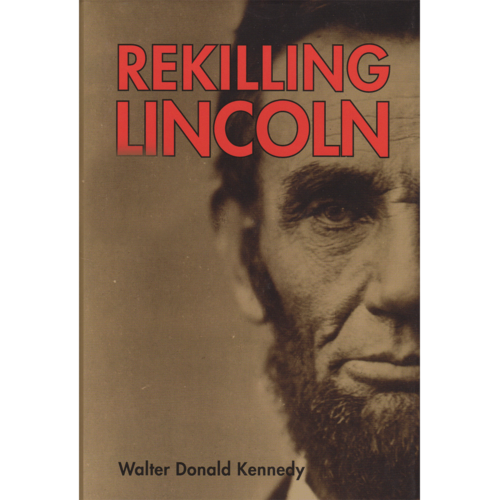 Unveil the little-known dark side of America’s sixteenth president with this shocking biography. Using speeches and writings by the founding fathers, constitutional scholars, and even Lincoln himself, Walter Donald Kennedy lays out clear and convincing arguments that many of the cherished “facts” about the Great Emancipator aren’t facts at all! Surprising tidbits include Lincoln’s atheistic tendencies, friendship with Marxist leaders, and complete disregard for the constitutional legality of secession. Get ready to relearn the history of the president who shaped the United States of America into the nation it is today―for better or, as Kennedy suggests, for worse.
Unveil the little-known dark side of America’s sixteenth president with this shocking biography. Using speeches and writings by the founding fathers, constitutional scholars, and even Lincoln himself, Walter Donald Kennedy lays out clear and convincing arguments that many of the cherished “facts” about the Great Emancipator aren’t facts at all! Surprising tidbits include Lincoln’s atheistic tendencies, friendship with Marxist leaders, and complete disregard for the constitutional legality of secession. Get ready to relearn the history of the president who shaped the United States of America into the nation it is today―for better or, as Kennedy suggests, for worse. -
Sale!
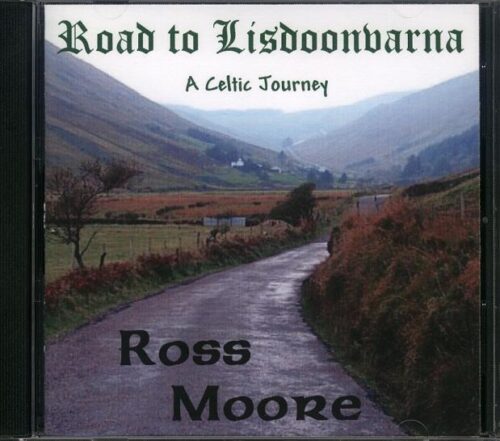 One of Ross Moore's latest offerings is a Celtic journey, with rich vocals and unforgettable melodies, including acoustic instruments such as the Celtic harp, pennywhistle, Irish concertina, hammered dulcimer, Uilleann pipes, bagpipes, banjo, mandolin, piano and both flat picked and finger style guitar.
One of Ross Moore's latest offerings is a Celtic journey, with rich vocals and unforgettable melodies, including acoustic instruments such as the Celtic harp, pennywhistle, Irish concertina, hammered dulcimer, Uilleann pipes, bagpipes, banjo, mandolin, piano and both flat picked and finger style guitar. -

 These high quality 100% cotton, 6 paneled baseball cap features an embroidered logo on the front, SCV.ORG on rear, #SCV on right side, Deo Vindice on the left side. One size fits most - Velcro adjustable closure on back. This hat is available for purchase by anyone who supports The Cause. Available in black, gray, navy, maroon, camo, sky blue and light pink.
These high quality 100% cotton, 6 paneled baseball cap features an embroidered logo on the front, SCV.ORG on rear, #SCV on right side, Deo Vindice on the left side. One size fits most - Velcro adjustable closure on back. This hat is available for purchase by anyone who supports The Cause. Available in black, gray, navy, maroon, camo, sky blue and light pink.


